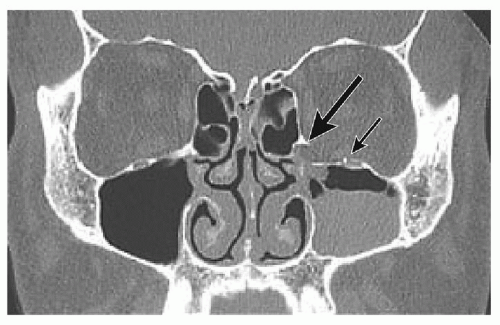Another mechanism of injury is a blow in fracture where there is an inferiorly directed supraorbital force.
Fractures orbital roof and blowout.
Break in the floor or the orbital socket resulting from a direct blow to the eye.
Blowout fractures can occur through one or more of the orbital walls.
Three important apertures at the apex of bony orbit optic canal superior orbital fissure inferior orbital fissure 14.
Orbital roof fractures are more common in childhood as the frontal sinus has not yet pneumatised therefore all posterior force to the superior orbital rim is transferred to the anterior cranial base.
Most roof fractures are associated with other orbital fractures and result from significant head trauma as a high degree of force is required to fracture this portion of the orbit.
Orbital roof blow out fractures 531 blow out fractures usually involve the floor or medial wall of the orbit.
The bony orbit is a.
Most commonly the inferior orbital wall i e.
The floor is likely to collapse because the bones of the roof and lateral walls are robust.
Fractures orbital roof and blowout caused by a direct blow to the eye.
Two cases of orbital roof blow out fractures are presented including plain films and tomographic findings.
Inferior floor medial wall lamina papyracea superior roof lateral wall.
However if the roof of the orbit is thin a blow out fracture can occur upward into the frontal sinus.
Orbital injuries warranting surgical intervention are infrequent in the paediatric population but blowout trap door fractures are unique in children and may constitute a relative surgical.
Getting hit with a baseball or a fist often causes a blowout fracture.
A blowout fracture is a break in the floor or inner wall of the orbit or eye socket.
The bony orbit refers to the shell of bone which surrounds and protects the eye.
Different types of blowout fracture.
Orbital floor forms roof of maxillary sinus location of more blow out fractures due to inherent weakness of bone overlying maxillary sinus 13 13.
Christina gillespie md.
A crack in the very thin bone that makes up these walls can pinch muscles and other structures around the eye keeping the eyeball from moving properly.
Types of fractures.
The comparatively thin bone of the floor of the orbit.
Inferior blowout fractures are the most common.
2 topics for discussion.
Isolated orbital roof fractures in adults are uncommon comprising 12 19 of all orbital wall fractures.
Signs and symptoms.
Orbital fracturesorbital blowout fractures 1 orbital fractures orbital blowout fractures.

